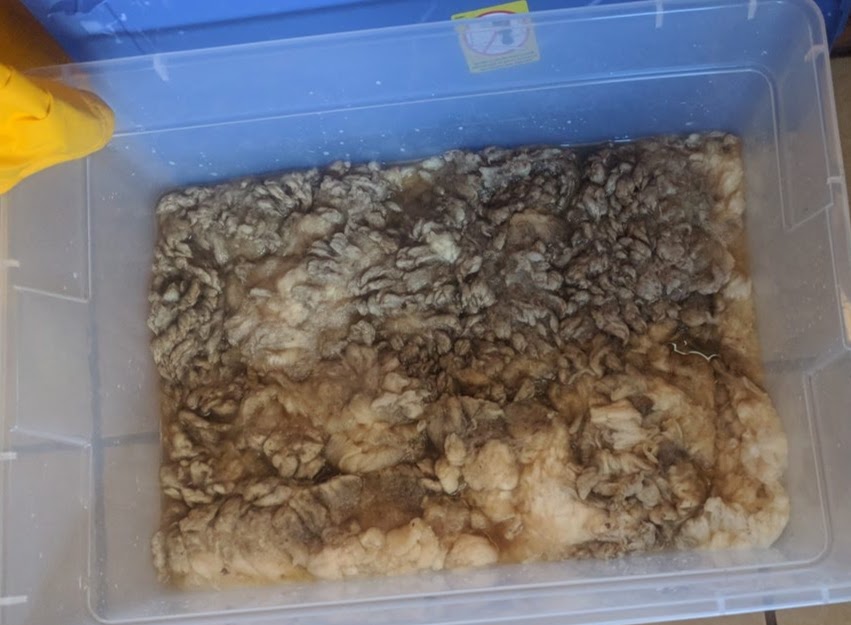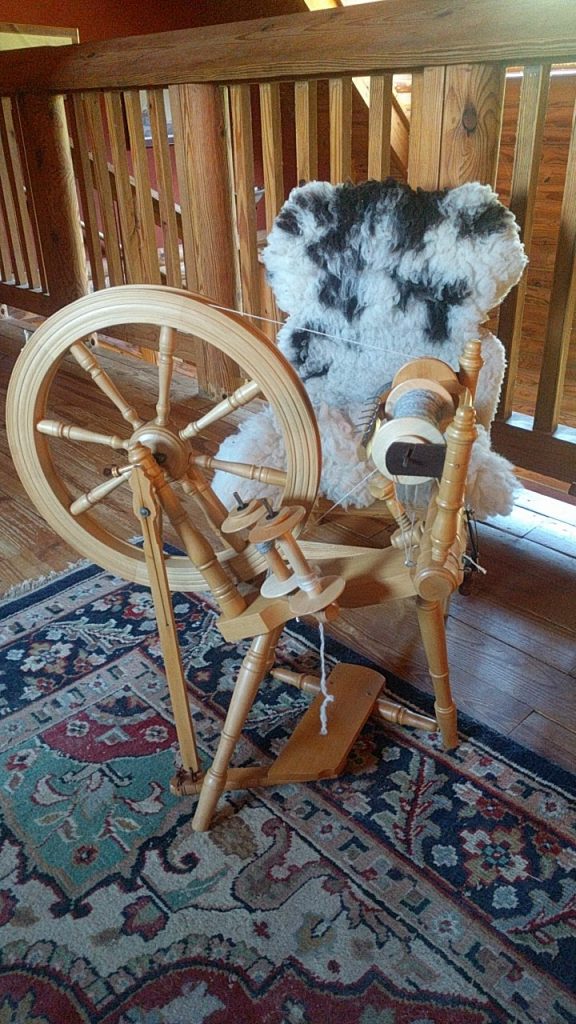Crafting has been part of my life since I was a teen with a break during college. I learned to crochet and knit in my mid teens and to sew earlier than that. After college, I took up counted cross stitch, needlepoint, and crewel work making Christmas ornaments, Christmas stockings for each of our children, hubby, and myself. A few gifts when we were young working parents without much money. One year everyone got a crocheted afghan for Christmas. Then I decided while pregnant with child 2 that if she was a girl (we didn’t know until her delivery), that I would learn to smock and French hand sew and I made dresses, Christening gown, and bonnets for her. All the ladies got hand smocked, hand sewn nightgowns that year.
Somewhere later after kids were more independent, I took up basket making and tried a few craft shows with a friend who was also making baskets. Then I learned the “I could buy that at *name big box store* for $5” line that I still hear now that I sell hand crafted soap, handspun yarn, and knitted or woven garments.
After moving to the mountains in anticipation of retirement and having a new grandson, knitting returned to the forefront as I made socks, soakers, shirts, and sweaters for the little guy and I discovered the local yarn store (LYS) which became the Tuesday night hangout while I awaited hubby to retire and move up here too. Many friends were made there.
One summer, the LYS decided to host a retreat at a nearby hotel with vendors, classes, and social time. Having two households, still working, I didn’t have the funds to spend for the whole weekend, but did go for some social time and to take a couple of classes, one was learning to spin with a drop spindle. The instructor brought bags of various types of wool, my first introduction to anything but the merino of most yarns. I bought a basic drop spindle and fell into the rabbit hole.

The yarn on the left is the result of that class, thick, thin, poorly plied, several different wools, but it will still be in my stash when I die. Spindles have come and gone, the current supply are pictured, the small light one on the left was purchased for re enactment when a wheel is inappropriate but it is too contemporary with a hook. Next to it to the right is a Dealgan, a Scottish whorless spindle. It is fun to demonstrate in costume as it is a very old style spindle. To the right of it is a ring distaff and spindle that has 3 whorls that can be used independently or stacked to make different weights. That is the most authentic period appropriate one with the distaff to use re enacting and is taken to events. The top two are Turkish spindles, my daily go to spindles that can spin very fine yarn and usually reserved for purchased fiber blends with silk or bamboo added to the wool or for pure Alpaca.
The rabbit hole got deeper as one of my knitter friends, a University student at the time found an old Ashford Traditional spinning wheel in a barn, rescued it and made it functional and learned to spin. She then won a new wheel and decided to sell the Traddy, I bought it. That wheel was used to learn how to translate the spindle to a wheel and at the time, not knowing anything else, I purchased mill prepped roving online. Wheels came and wheels left as I tried to find the perfect one for me. Used wheels are fairly easy to sell. About 5 or 6 years ago, I started spinning at one of the local museums for events, and decided I wanted a period spinning wheel. I ordered one from E-bay (a mistake I won’t make again). It came at Christmas while eldest and his family were here and we unboxed it and tried to put it together. Parts of it were shipped to Bobbin Boy for repair and eventually I got it functional, but it was difficult to keep spinning and hurt my knee to treadle it. It was sold. Later, we were visiting eldest son and his family and walking down the main street of his town, I spotted this beauty in the window of an antique shop.

Again, parts went to Bobbin Boy for repair and adjustment and I learned to spin on an antique walking wheel.
For years, I spun happily along on various wheels and spindles using mill prepared roving and was happy as a clam. Then a local friend asked me if I was interested in the Livestock Conservancy challenge Shave ‘Em to Save ‘Em to promote the 22 rare, endangered breeds of sheep and I joined. Again, I started with roving, spinning breeds to which I was unfamiliar, but then deepened the rabbit hole more by undertaking clean unprocessed fiber, combing or carding it to spin.

And then even deeper as I started purchasing half pound amounts of raw dirty fiber to wash and then comb or card to spin. And even deeper with a few raw whole or half fleeces.

This is 2 1/2 pounds, half of a Santa Cruz fleece currently in a 24 hour cold water soak prior to scouring it in hot water and rinsing then drying to prep and spin.

And part of a whole Jacob fleece that has already been washed and dried. It goes with me to events where I spin and I comb it as I need it, then card the waste to also spin. The picture above with the combs and carders, has two rolags of carded waste and a bobbin that is filling slowly with this Jacob yarn as I sit at events and talk about fiber and it’s use in the Colonial period of our history and the equipment that was used, the process, and a plug for the Livestock Conservancy who is trying to save some of the heritage breeds, not just of sheep.

